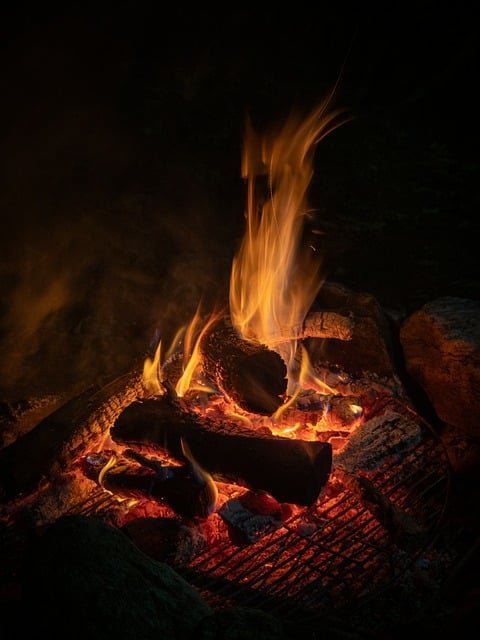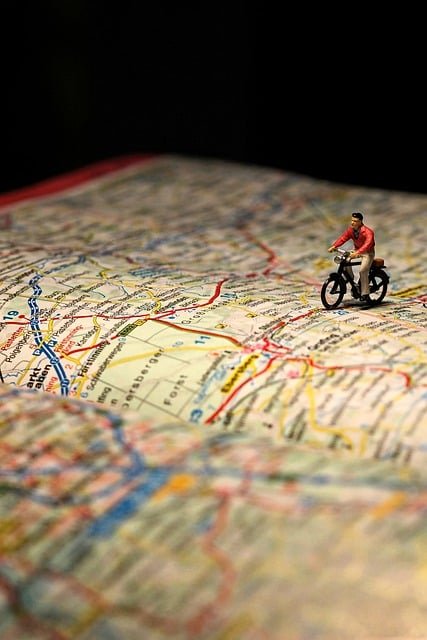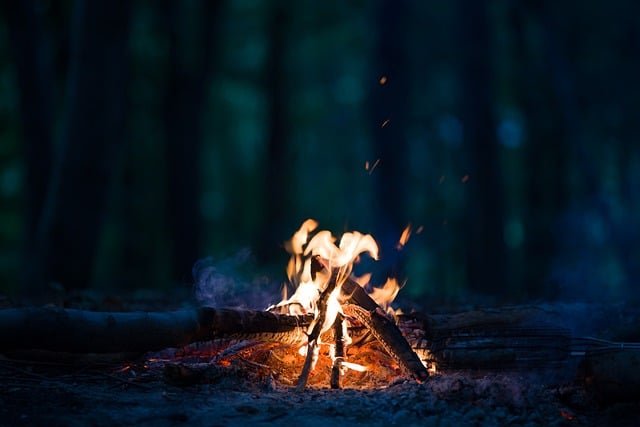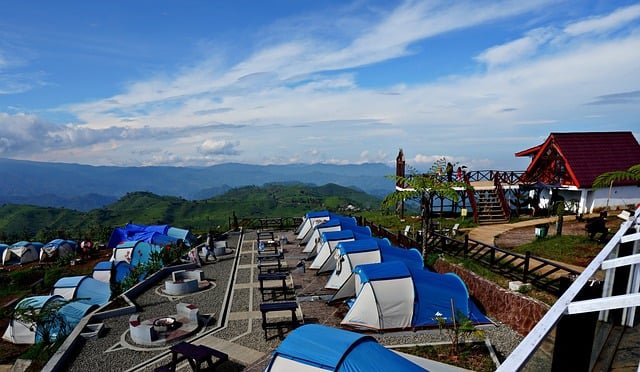what to wear hiking in hot weather
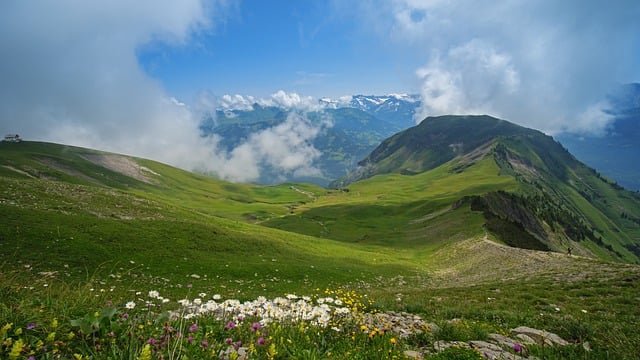
What to Wear Hiking in Hot Weather and Best Hot Weather Hiking Shirt
Hiking in hot weather can be a real challenge, but with the right clothing it can still be a pleasant experience. The key to comfortable hiking in the heat is choosing the right clothing that is lightweight, breathable, and, most importantly, sun-protective. Here are some tips on what to wear hiking in hot weather and the best hot weather hiking shirt available.
Clothing Basics
When you`re out on a hot day, it`s important to wear breathable, lightweight fabrics that will keep you cool and dry. Avoid cotton, as it tends to overheats and holds onto sweat. Choose fabrics that are designed to wick away moisture, such as synthetic materials like nylon and polyester. This type of fabric will keep you cool and comfortable in the heat.
Hat & Sunglasses
A hat and sunglasses are perhaps the most essential pieces of hot weather hiking clothing. Wearing a hat with a wide brim will protect your face and neck from the sun`s harmful rays and will also help keep you cool. Choose a lightweight hat that won`t make you too hot.
Sunglasses are essential for protecting your eyes from the sun`s glare off rocks and other surfaces. Make sure you have a good quality pair that offers UV protection.
Best Hot Weather Hiking Shirt
When it comes to the best hot weather hiking shirt, look no further than the ExOfficio Men`s Air Strip Lite Long-Sleeve Shirt. This lightweight, breathable long-sleeve shirt is perfect for hot days out on the trail. It`s made from a combination of nylon and polyester which wicks away moisture and dries quickly. The Air Strip also offers UPF 30 sun protection, so you`ll be shielding yourself from those harsh ultraviolet rays. The shirt has two zippered pockets, so you can store your car keys, wallet or other small items.
Bottom Layer
The bottom layer of a hot weather hiking outfit should be lightweight and airy. Shorts are a popular choice in hot weather, but pants are also a valid option if you don`t want too much sun exposure. Choose lightweight fabric like nylon or polyester that will be both comfortable to wear and offer sun protection.
Shoes & Socks
For hot weather hiking, choose shoes made from lightweight, breathable fabric. Synthetic athletic shoes work best, as they will keep your feet cool and dry. Wear socks made from a moisture-wicking fabric to keep your feet comfortable.
In Conclusion
When hiking in hot weather, it`s important to wear breathable, lightweight fabrics that will keep you cool and comfortable. The best hot weather hiking shirt is the ExOfficio Men`s Air Strip Lite Long-Sleeve Shirt. This shirt is lightweight, breathable, and offers sun protection. Wear shorts or lightweight pants, and be sure to have a hat, sunglasses, and synthetic athletic shoes with moisture-wicking socks. Following these tips and choosing the right clothing will ensure you have a pleasant day of hiking.


